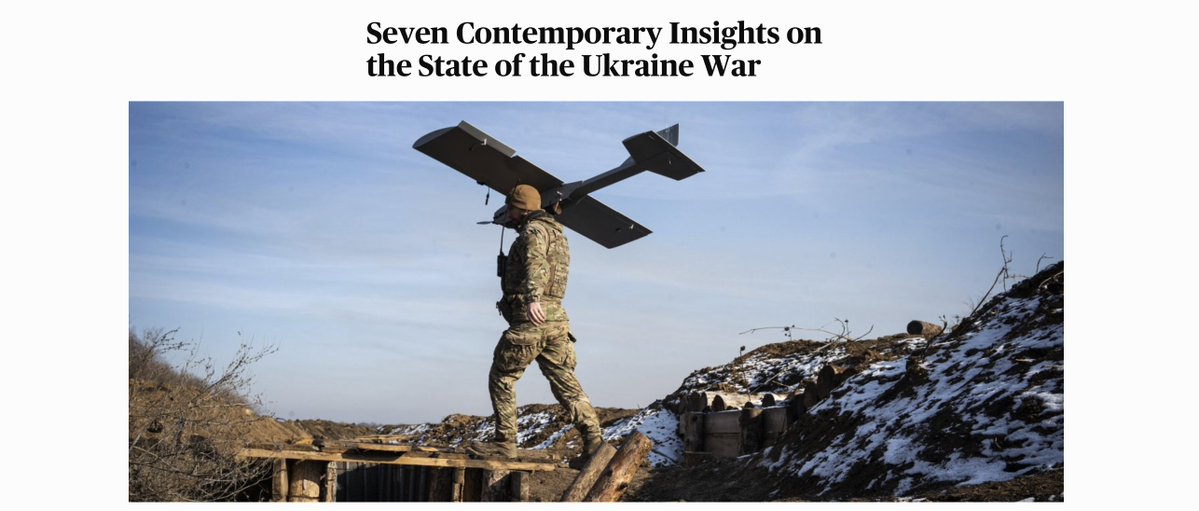An important #leadership characteristic demonstrated by @ZelenskyyUa has been his willingness to take personal risk to visit soldiers in the field, and get his own sense of how the war is progressing. 1/11 🧵
https://twitter.com/DefenceU/status/1538295495189094400
2/ These visits have a range of purposes. First, it allows @ZelenskyyUa to get a feel for the morale and capability of his military in the field. You can read reports all day, but there is no substitute for walking the ground with leaders at the tip of the spear. 

3/ A second purpose is that it allows him to ask questions. This is an important function of a national political leader in their interaction with military commanders. Even the best staff cannot anticipate all the questions their leaders might have. 

4/ A third reason for the field visits by @ZelenskyyUa is to engage with the most junior soldiers in the field, to inspire them, recognise their sacrifice and to reiterate the purpose of their service. Purpose is the most important thing a leader can provide. 

5/ Soldiers react differently to their President or Prime Minister when at war or deployed on operations. Visits like this have profound impacts on morale.
6/ Another purpose of these visits is for @ZelenskyyUa to show that he has trust in his Army. He shows he is comfortable in placing his life in the hands of his military - it is an important and strategic trust-building exercise between politicians and military leaders. 

7/ Throughout the #Ukraine war, he has set the strategic direction for his nation while allowing the high command to get on with the implementation of national defence. But these visits, and regular briefings, provide all-important feedback in the civ-mil relationship. 

8/ Fifth, this is an important way that @ZelenskyyUa differentiates himself from his adversary. It is unlikely that Putin will ever visit the poorly fed and led - but well-armed - Russian troops in #Ukraine. 

9/ And, it is an important way for Ukrainian citizens to engage with their President - and see him as a human who is also affected by this war and its impact on the people of #Ukraine. 

10/ Finally, these visits draw attention from audiences external to #Ukraine as part of their global influence campaign. In demonstrating that he is not a ‘bunker leader’, @ZelenskyyUa shows us all that he is the leader of a nation worth supporting in the long term. End. 

11/ Thank you to the following whose images were used in this thread: cnn.com, businessinsider.com and @DefenceU | #Ukraine @AmbVasyl
• • •
Missing some Tweet in this thread? You can try to
force a refresh













